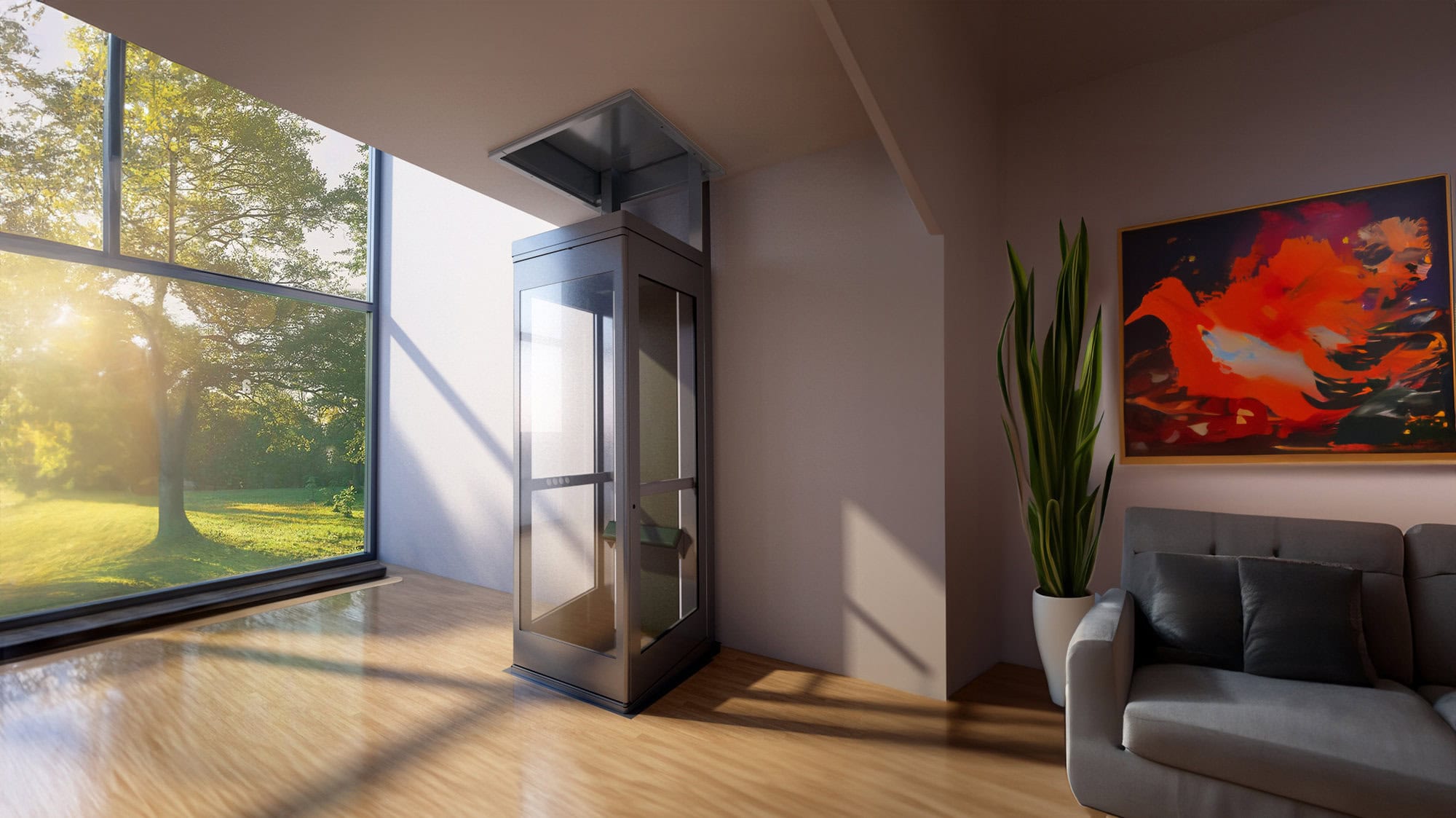Find Trustworthy Lift Repair Near Me for Rapid and Affordable Service
Find Trustworthy Lift Repair Near Me for Rapid and Affordable Service
Blog Article
Digging Into the World of Elevators: Usual Problems Faced by Different Lift Mechanisms
As we browse via the vertical transport systems of contemporary structures, elevators stand out as an indispensable element of our everyday lives. From hydraulic lifts to grip systems and machine-room-less designs, each lift kind comes with its set of typical problems.
Hydraulic Lifts
Hydraulic lifts, often chosen for low-rise structures, utilize fluid pressure to control the motion of the elevator auto (lift repair companies). This mechanism involves a hydraulic pump pushing oil into a cylinder, causing the elevator to relocate in the preferred instructions. While hydraulic lifts are known for their quiet and smooth operation, they do come with their own set of usual issues
One prevalent trouble with hydraulic elevators is oil leakage. Additionally, issues with the control system, such as damaged shutoffs or a malfunctioning pump, can trigger interruptions in the elevator's motion.
Routine maintenance and punctual fixings are important to ensure the smooth performance of hydraulic lifts. By addressing these typical issues proactively, structure proprietors can reduce downtime and ensure the security and effectiveness of their vertical transport system.
Traction Lifts
When thinking about upright transport systems in structures, one more typical type apart from hydraulic elevators is the grip elevator. Grip elevators run utilizing a system of ropes and weights that move the lift vehicle by gripping onto the hoist ropes. This device permits smoother and much faster vertical transport compared to hydraulic systems.
Among the typical issues encountered by traction lifts is rope wear. The constant activity of the ropes within the traction system can cause tear and wear in time, possibly causing the lift to malfunction or come to be hazardous for use. Regular assessments and maintenance of the ropes are essential to make sure the elevator's proper performance and security.
One more problem that grip lifts may come across is connected to the control system. Issues with the control system can cause concerns such as erratic activity, hold-ups in feedback times, and even complete shutdowns. Normal testing and maintenance of the control system are important to avoid such concerns and guarantee the lift's dependability.
Machine-Room-Less (MRL) Lifts

Among the essential parts of MRL elevators is the portable gearless traction machine that is installed within the hoistway. This machine effectively drives the elevator automobile without the demand for large tools located in standard traction lifts. Furthermore, MRL lifts usually use a weight system to balance the auto, additional improving their energy efficiency.
Despite their advantages, MRL elevators may face obstacles related to upkeep and repair work due to the restricted area for equipment setup. Access for servicing components within the shaft can be limited, requiring specialized training for try here specialists. Correct upkeep routines and regular inspections are vital to guarantee the ongoing smooth procedure of MRL elevators.
Overloading and Weight Limit Issues
Straining and weight limitation issues are critical worries in lift operations. Lift producers layout lifts with certain weight capabilities to make certain traveler safety and devices long life.
When elevators are overwhelmed, it places too much pressure on the motor, wires, and various other parts, possibly causing breakdowns or malfunctions. Safety devices such as sensing lift companies in London units and overload sensing units remain in place to prevent elevators from relocating if they discover excess weight. Additionally, exceeding weight restrictions can lead to boosted energy usage and wear and tear on the lift system.
To mitigate overwhelming concerns, developing managers need to prominently present weight limits in elevators and enlighten residents on the importance of adhering to these limitations - lift repair companies. Normal maintenance checks by qualified technicians can likewise aid guarantee that lifts are running within safe weight criteria. By resolving overloading and weight limitation problems proactively, structure proprietors can enhance elevator safety and security and efficiency
Electrical System Failings
Exceeding weight limits in lifts can not only result in mechanical problems yet also potentially add to electric system failings within the lift framework. Electrical system failures are an important issue in lift procedure, as they can create unanticipated closures, breakdowns, and even safety risks. One typical electrical problem is the getting too hot of components due to excessive current flow triggered by straining the lift beyond its capability. This can cause harm to the electrical wiring, electric motor, or control systems, causing pricey fixings and downtime.
Moreover, power rises or changes in the electrical supply can additionally interfere with the elevator's operation, affecting its performance and safety and security. These electrical disturbances can harm sensitive lift elements such as control panels, circuit boards, or sensors, leading to system failings. Regular upkeep and assessments are important to identify and resolve prospective electrical problems without delay, making sure the secure and efficient procedure of elevator systems. By sticking to weight limitations and conducting regular electrical system checks, building proprietors can reduce the threat of electrical failures in lifts.
Verdict

Hydraulic elevators, often preferred for low-rise structures, use fluid pressure to manage the activity of the elevator auto.When thinking about upright transportation systems in buildings, one more usual type apart from hydraulic lifts is the traction elevator. Grip lifts operate utilizing a system of ropes and weights that move the lift auto by grasping onto the hoist ropes. Unlike typical elevators that need a different equipment room to house the tools, MRL lifts integrate many of the parts within the shaft, eliminating the requirement for a committed machine space.In final thought, elevators deal with common problems such as hydraulic malfunctions, grip system failings, and electrical system troubles.
Report this page